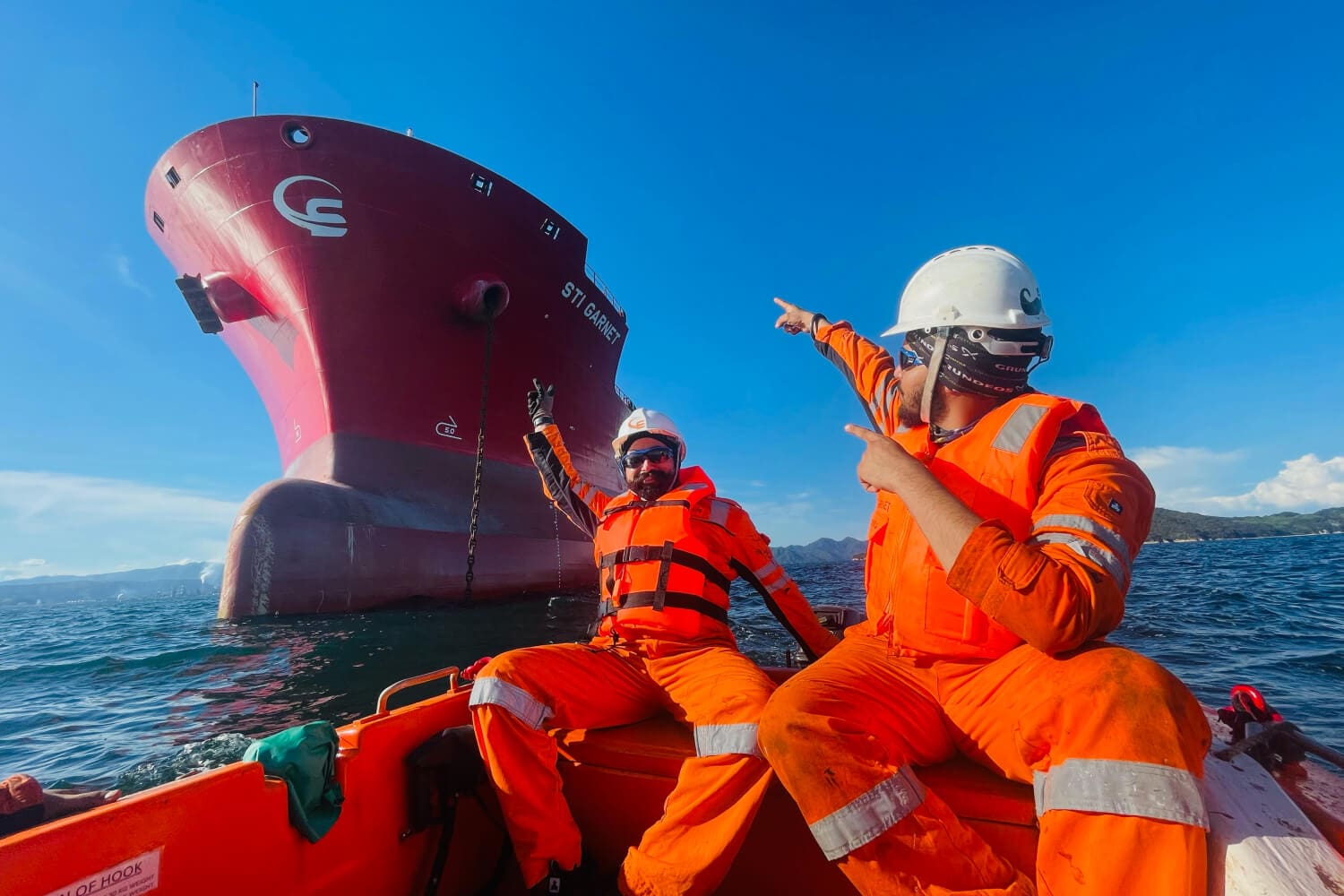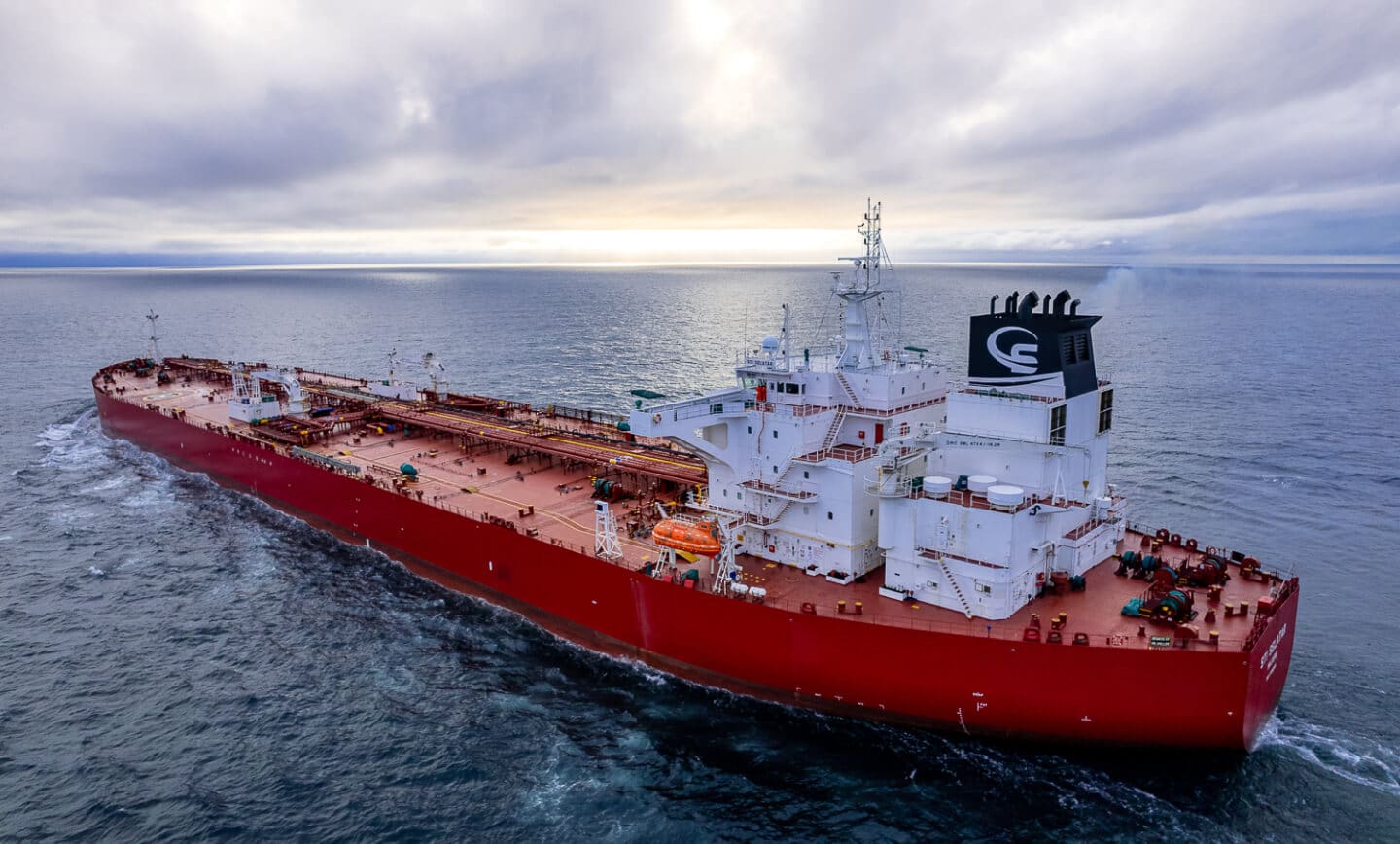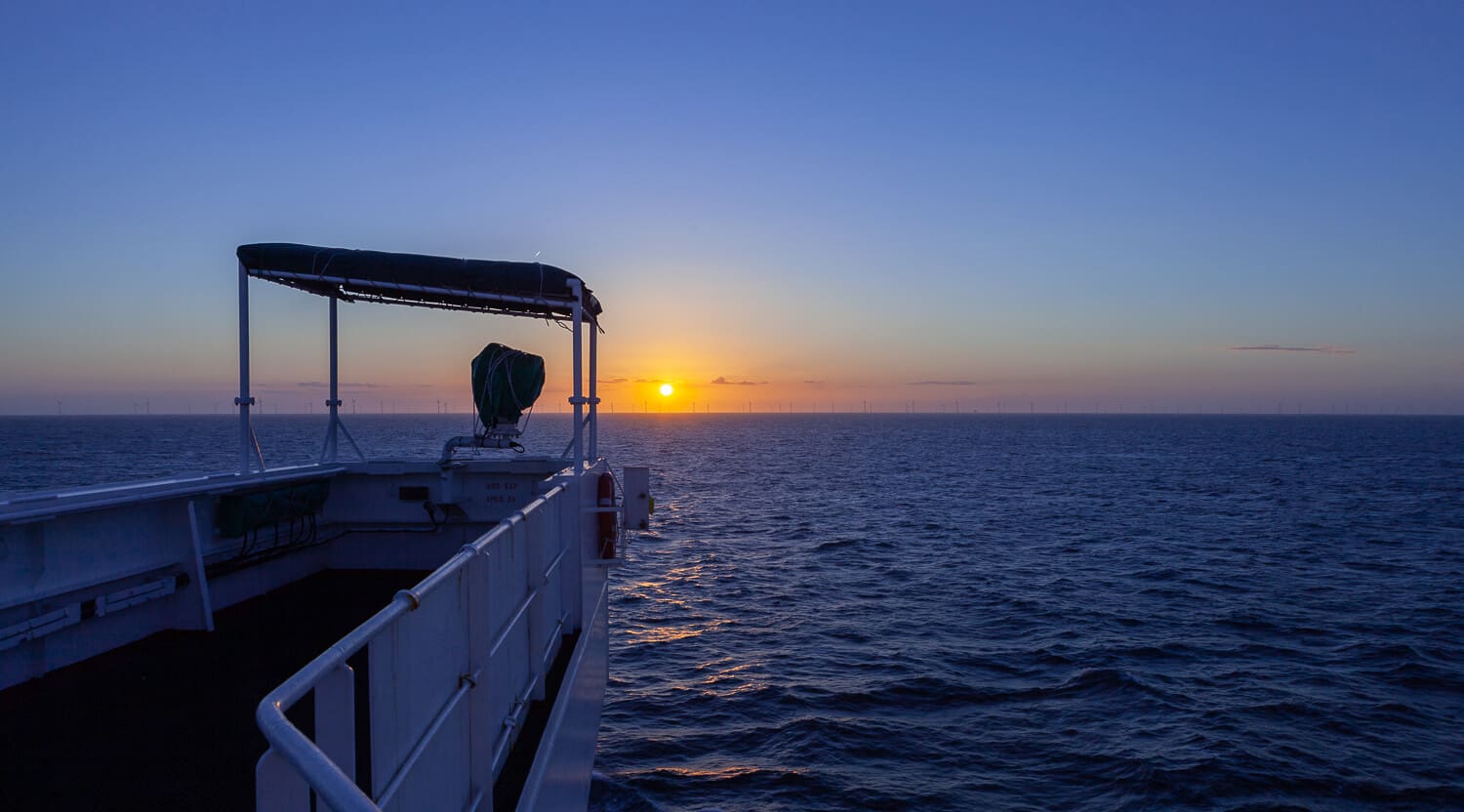Bridge Teamwork: time for a change

It has been 21 years since the publication of the most recent version of the IMO model course on Bridge Teamwork. Although bridge teamwork and bridge resource management have been adding value to the improvement of navigation skills among officers, navigation incident claims continue to account for around 25-30% of all claims – a significant proportion. Around 78% of the investigated navigation accidents are somehow linked to ‘human action’.
When the human element is to blame for most of the mishaps and becoming a focal point at all levels in the maritime industry; is the Bridge Teamwork model course still able to keep pace with current needs? More critically, can it address the necessary non-technical competencies?
OPERATING COMPLEXITY Today, bridge operation is more complex than it has ever been. This increased complexity is derived from many sources; complex technology, a more intercultural/multinational bridge team setup, increased traffic density, and distractions such as commercial demands – and the list goes on. Complex bridge operations demand physical and mental resources which call for a high level of endurance.
One reason for this increased complexity is the socio-technical nature of bridge operations. Socio-technical systems are complex organisational work designs that recognise the interaction between people and technology in workplaces. The basic requirements to operate in socio-technical environments are a flatter structure rather than a sharp hierarchy, clear communication, defined roles based on expertise, free flow of information, incentivising teams, and servant leadership rather than autocratic leadership.
Within this environment, when it comes to the operation of bridge functions specifically, Bridge Officers should be completely familiar with the components of navigation, capable of operating integrated hardware, possess skills to manage uncertain factors such as current and wind effects, and possess good communication and leadership skills. Most of the time, these tasks need simultaneous attention. Ships have a massive hull steered by a small rudder against their size and in an environment of hydrodynamic water-body interaction makes the control complicated. A navigator should be well aware of the strengths and limitations of equipment and humans to effectively manage bridge resources.
WHERE ARE THE GAPS? The scope and objective of the Bridge Teamwork model course are mostly about improving ship handling skills and understanding the effects of wind, current, shallow water, the importance of good passage planning, and implementation of efficient bridge procedures.
Reviewing the content of the course in detail, it is hard to find any element of ‘teamwork’ except in the title! Exercises should be implemented by three to four trainees which naturally implies good teamwork practices should be in place for the successful outcome of the training – but what these are and how they are to be achieved is not defined.
Our understanding of the human element has drastically changed since the publication of the course. The industry has a much higher appreciation of the value of teamwork and leadership styles. Solo performance is no longer the only measure of success. Today, the cognitive workload is immensely higher than 20 years ago, and it is scientifically proven that this cannot be handled by one person safely.
Human element factors such as situational awareness, teamwork interaction, and leadership are critical elements of all shipboard operations. Communication is one of the most critical meta-skills in determining how the bridge team performs.
The model course vaguely addresses the technical requirements for the training by specifying that these exercises should take place in a ‘fully equipped bridge simulator’. We have made significant strides in technology and the standardisation of equipment since the model course was published. If the model course were to be released today, it would read ‘Full mission bridge simulator, classroom simulator, or class A, B, C type simulator,’ rather than ‘fully equipped bridge simulator’. Also, the technical scope of the model course would encompass equipment such as ECDIS, effective use of radar, and even engineering elements.
It is clear that the present Bridge Teamwork model course is not able to respond to the needs of modern bridge teamwork, neither in the technical nor in the non-technical domain.
THE ROLE-BASED BRIDGE One potential improvement lies in the introduction of a course designed around the role-based bridge model. Here, the bridge team is organised into five functions or ‘roles’: monitor, conn, helmsman, lookout, and support. Members of the bridge team are assigned roles based on their competence and experience.
The role-based model is not based on rank hierarchy. It provides for the Master to assume a monitoring role rather than conning if the circumstances allow so. The monitor’s role is to ensure smooth communication, identify potentially dangerous situations in advance, and maintain situational awareness. The principles of the role-based bridge model encompass two fundamental requirements of modern bridge operations.
ROLE CLARITY This sounds obvious, but it is something that is rarely observed in practice. Lack of clarity around who is doing what is a frequent issue – on some ships, it is an issue most of the time. It is quite common for the Master to assume most of the workload, managing the team with abrupt orders to be carried out instantly. Other team members wait for orders without knowing the overall plan and expectations. The Master is submerged in tasks and can easily lose situational awareness due to mental workload.
In this situation, less experienced officers are not necessarily in a position to notice dangerous situations that are developing, or even if they are, it is probable that they would not dare to announce it due to a lack of confidence. This is a common phenomenon in hierarchical organisations. Lower ranks are prone to keep silent due to the belief that ‘the Master sees what I see and knows better than I do’, or because they are concerned about the wrong challenge.
The role-based bridge model eliminates these issues by bringing role clarity and making ‘speaking up’ an accepted – and expected – practice. The model is at its best when the monitoring role is assumed by the Master, where they have oversight and can easily intervene when it is needed. This practice is also commonly adopted in aviation cockpit management with the same motivation. The main pilot is to monitor, and the co-pilot has the con. This makes intervention much more effective due to the removal of the ‘power distance’ where the main pilot has the con and the co-pilot may be reluctant to speak up.
MANAGING THE SOCIO-TECHNICAL ENVIRONMENT The philosophy of the role-based bridge is well adapted to the requirements of working within a complex socio-technical system (see above). It is human-centric and more agile to respond to changing conditions. Role clarity helps to maintain situational awareness, and the principles of thinking aloud and speaking up not only force team members to communicate clearly but makes it the norm.
Role-based bridge organisation by its nature requires competency equilibrium. Team members are motivated to upskill, for example, learning to form and clearly communicating a plan, slowing the vessel, and manoeuvring to board the Pilot – as these are all things that they will be expected to do directly, rather than watching someone else. The setup of the model creates a cascading of competencies from Master and experienced officers to less experienced team members.
Last but not least, the role-based bridge model offers an effective means of fatigue management. The workload is distributed over the team, and competency equilibrium among team members enables effective replacement of each of them when required.
The non-technical elements of the role-based bridge model should be well covered in any potential model course. Publications such as OCIMF’s Behavioral competency assessment and verification for vessel operators, and IMO’s Leadership and Teamwork are significant and valuable resources.
Likewise, self-awareness and self-knowledge are vitally important. Bridge operations are very much about information processing skills and being able to initiate actions accordingly. Some of us are fast but less accurate (risk takers) and some others are accurate but slow when it comes to information processing. These are innate mental abilities, and being aware of our own strengths and weaknesses as individuals and as a team helps create an effective safety net to eliminate single human error.
BEYOND THE MODEL COURSE – OPPORTUNITIES AND CHALLENGES Record keeping is an important task, frequently required by regulations – but at the same time, it poses a distraction to safe navigation conduct. Authorities should give clear room to utilise digital records which are already recorded by ECDIS, VDR, and other equipment. Manual entries should be minimised as much as possible.
Fatigue is the most compelling challenge to overcome. Even in the most optimistic scenario, the crew sometimes try to rest but cannot due to the rolling of the vessel or circadian rhythm. Needless to say, there are always other operations to attend to. In complex navigation areas, levels of rest are sub-optimal most of the time.
Technology makes its own pace at full speed. Experiments with AI, and sensor fusion algorithms are proving outstanding outcomes for autonomous systems for ships. Although these studies often focus on the unmanned bridge, they also open up the possibility for these technologies to be employed as decision-making support for a human bridge team.
Regardless of how much technology we have on board, humans will always be at the heart of the operation – and we should endeavour to understand our own operating system as humans, and how we interact with each other, just as much as we understand technology and how we interact with the bridge equipment. The role-based bridge model is well placed to respond to the changing face of bridge operations in both the human and the technical sphere.

